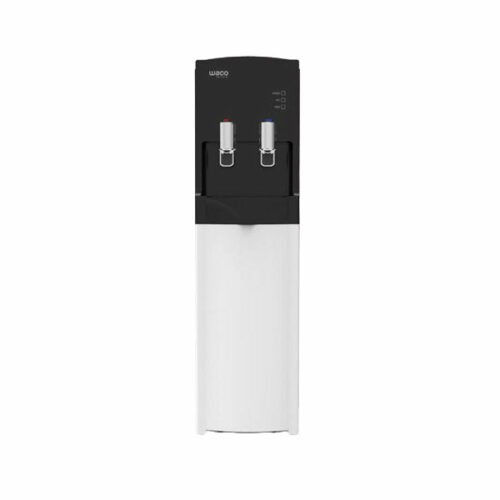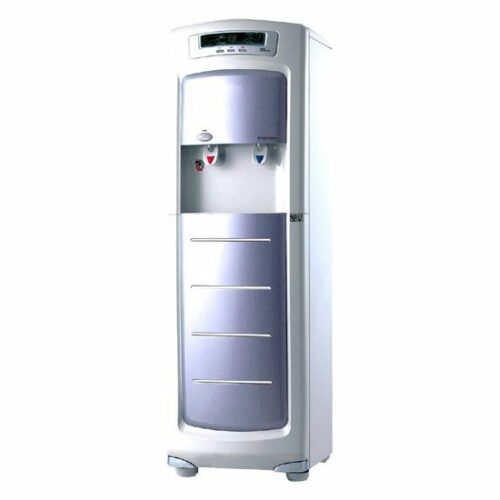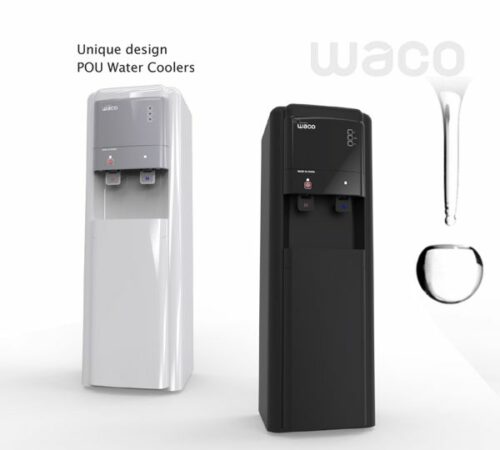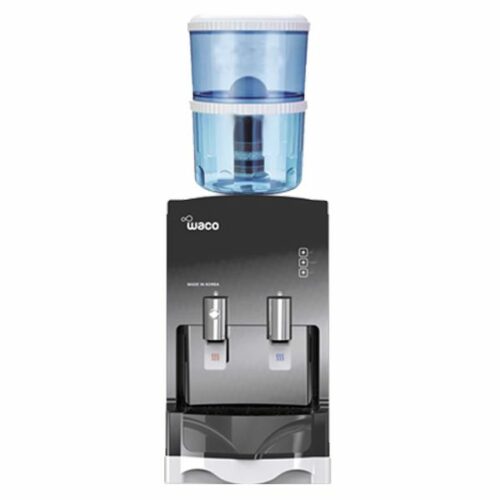
It has been scientifically proven that many occurrences of sickness and disease, in the case of children around 85% and adults 65%, can be traced back to water-borne viruses, bacteria and Cryptosporidium and Giardia (intestinal protozoa). Improper or inadequate water purification can lead to a variety of health problems such as diarrhea, poliovirus, salmonella, gastrointestinal pain, glaucoma, cholera, typhoid fever, meningitis, tuberculosis and hepatitis B.
Bacteria such as E.coli 0157:H7, which is potentially very dangerous, has been found to infect around 80,000 individuals each year in North America. This particular strain of the E.coli bacteria is, fortunately, inactivated easily by the use of ultraviolet (UV) light.
UV water purification method
Ultraviolet light can also be used for water purification to disinfect your normal everyday drinking water. The method is environmentally friendly and it is has been well tested and found to be safe. This method of water purification is touted to be the preferred method for the future to ensure clean and healthy drinking water in all parts of the world.
How does UV water purification work?
Water purification using UV simply utilizes an ultraviolet light source, which is housed in a protective, transparent sheath. This light source is then located in a flow chamber in such a way as to allow the water to flow through the chamber while being exposed to the ultraviolet light rays which are absorbed by the water as it flows through the chamber. The ultraviolet rays, when absorbed by the bacteria and viruses, modify their DNA structure in a way that makes it impossible for them to reproduce. Ultraviolet water purification kills their reproductive system and therefore they no longer pose a potential health threat.
What exactly are ultraviolet light rays?
Ultraviolet rays are electromagnetic light rays which are rich in energy. They are found within the natural range of light emitted by the sun, at the opposite end of the spectrum from infra red light rays. They belong to the group of invisible shortwave light which typically has a wavelength between 100 and 400nm (1 nanometer = 10-9m).
Why is UV water purification the best method?
Ultraviolet water purification has similar benefits to many other water purification systems such as distillation and filtering. However, unlike some other methods, it does not require the addition of any chemicals to the water and it does not remove any essential and natural minerals from the water as part of the process. It does not change the odor or taste of the water either. These characteristics are what make ultraviolet light so popular as a method of water purification.
Optimum results from a natural water purification process
Ultraviolet water purification devices work at their best when the water has already been pretreated and clean water is passed through the chamber exposed to ultraviolet light rays. Pretreatments could include sediment and ceramic filters to ensure that only the cleanest water enters into the flow chamber to be eventually purified by UV light.
Ultraviolet water purification is a natural process, it is cost effective, does not create any harmful by-products, it is environmentally kind and produces some of the best, cleanest and safest drinking water possible.




